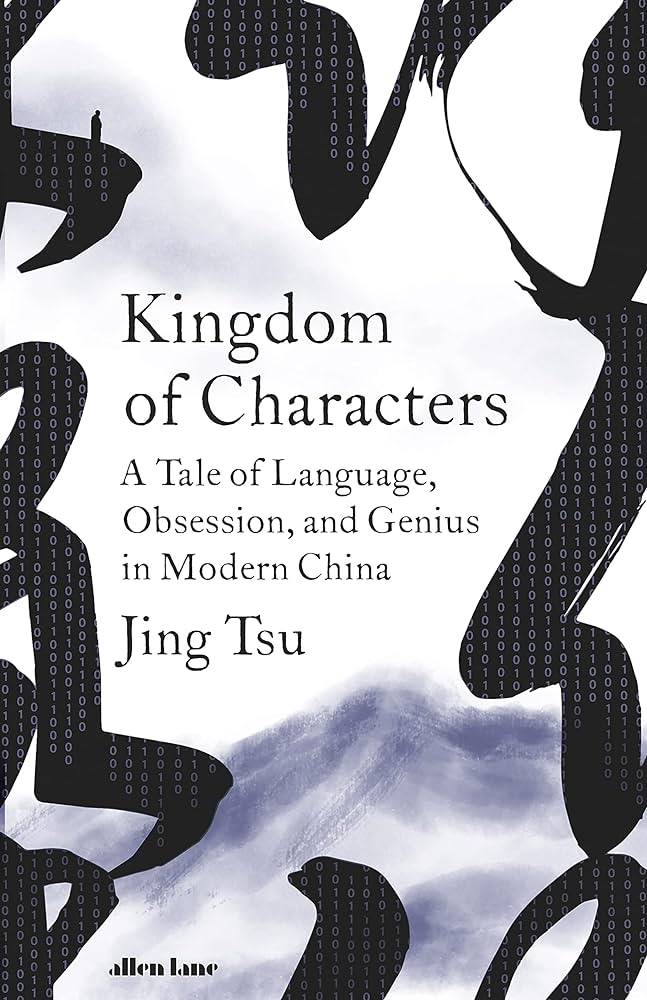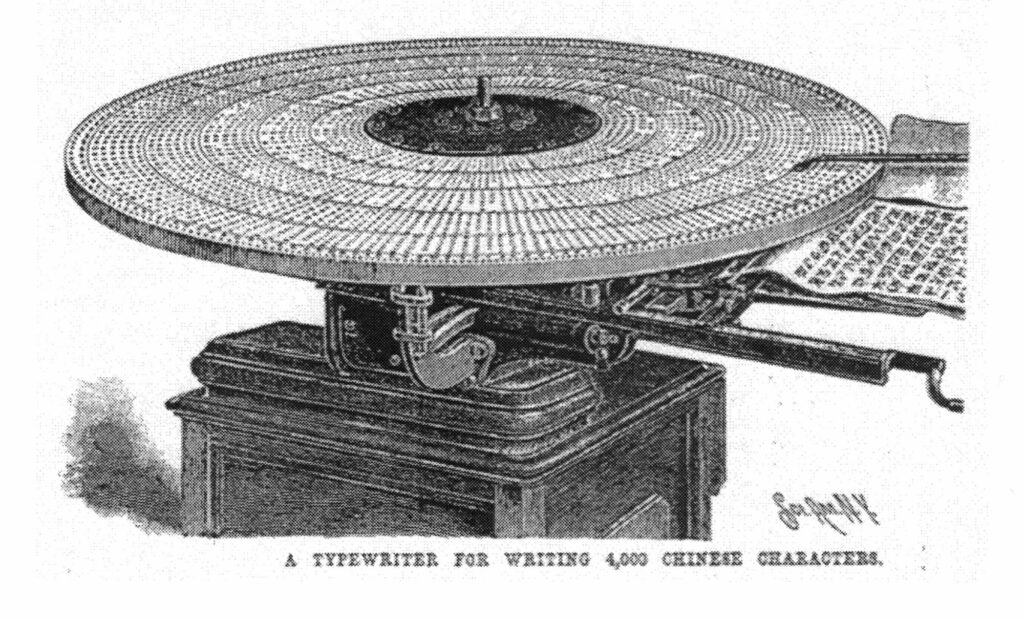About
Author: Jing Tsu (Taiwan)
Genre: History
Setting
Place: China, USA
Time: 1900s-2020
My Rating (see what this means)
My Subjective Rating: 3
My ‘Objective’ Rating: 2.81
Introduction

I never really have a very good answer to when people ask me why I started to learn Chinese. Maybe it was because I read somewhere that having multiple languages improves ones cognitive flexibility. Discounting the fact that I already had 3 languages – it still leaves the question – why Chinese? Wouldn’t learning Spanish or French be better as many more countries speak those – at least facilitating travel?
I always had a certain curiosity about the East Asian languages – as they differ fundamentally from English or Hindi. On top of that, Chinese popular culture is much more elusive for non-speakers which is not the case for a lot of other languages. So it was my curiosity and the desire to understand China that made me pick it up.
Now, after a few years of very slow but persistent self-learning, over a 1000-character vocabulary, and a realization that it is a long way to go to become even a basic Chinese speaker, I have a certain unsurety about what my slow progress with the language has achieved. Reading the Kingdom of Characters, certainly was a lot faster way to understand key elements of Chinese experience.
But far from disillusioning me from my Chinese study, this book helped me developed a new found appreciation for the language and the brilliant minds that modernized it to prevented it from perishing.
Evolutionary theory says that the inferior shall be gotten rid of… We must start with the Chinese script.
– Li Shizeng (1907)
And I have a 1800-day Duolingo streak which I don’t want to kill anyway! 😛
Synopsis
China considers the 1800s as the century of humiliation. It was inward looking – while the West was ascendent. Technologies of the time, understandably, catered to western convenience. Western languages – with their alphabetic scripts were anyway much more easy to work with.
The Kingdom of Characters, captures the stories of brilliant individuals who worked obsessively to bring the Chinese language to modernity. It helps us appreciate things we take for granted – ability to catalogue books alphabetically, or the simplicity of a typewriter – when we learn how challenging it was to achieve the same for the Chinese script.

Review
I never for once thought of Chinese as an easy language. Unlike most Latin scripts – it doesn’t have alphabets but characters – and these run into several ten-thousands. For example – dog gets 狗, cat gets 猫, a panda gets 熊猫.
And if having to remember so many characters with so many strokes (which have to be in order when writing any character), wasn’t challenging enough – you also need to be mindful of tone and context. For instance – a takes a simple tonal error to call your mother a horse.

What I hadn’t realize was that my Chinese learning was aided the Pinyin – which is an elegant system of romanization of the language – but only came in towards the 2nd half of the last century. There was a time not long ago, when it wasn’t possible to arrange Chinese words in a dictionary the way we can with alphabetic languages. Multiple attempts of romanization had failed – and we haven’t even touched the various other languages in China – Cantonese has 9 tones against Mandarin’s puny 4!
So first and foremost the book helped me appreciate the challenges in modernizing the Chinese language which were much bigger than what I initially imagined them to be. This book takes us, in painstaking detail, how brilliant individuals experimented over the last century to bring China to the massive growth miracle it represents today. We learn how Mandarin overtook Cantonese and other languages driven by a bureaucrat’s force of personality, how clunky thousand-plus key Chinese typewriters were modernized with world’s first physical predictive-language models and several other things. It is narrated as personal stories of those brilliant nerds – with their quirks, egos, geniuses and the one common thread – their love for the language – which makes the book an engaging read.
Minor Limitations
- I can imagine the book to be a generally difficult read to someone not familiar with the language – as technical details can often seem overwhelming. I had to rely on YouTube to be able to visualize some elements of the book
- While the book focuses exclusively on Chinese language evolution – it often offers fascinating comparisons with other languages – say Japanese or Korean. However, it occasionally left me wondering how the bigger picture of language modernization looked like – and I would prefer to have had it in the book, even if only as a section in the introduction. For instance – comparisons in modernization trajectories of Japanese & Korean vis-a-vis Chinese; What about Hindi etc.
- Likewise, the book fails to elaborate on the choice of the 7 topics covered within the book – I was left wondering whether or not they were MECE (mutually exclusive, collectively exhaustive). Similarly, limited explanation is provided over the choice of a particular inventor over others. For instance – Why focus on Zhou Haokan instead of Sheffield or Qi Xuan who also built their own models for Chinese typewriters.
Despite these limitations, the book was a very informative read, which not only educated me but made me appreciative of scientific advancements I didn’t really know I would have love to know about. And I now think of languages more holistically than I did before reading the book.
PS. For all the difficulty of Chinese language learning, there are easy elements too – There isn’t any ‘I am’, ‘He is’, ‘You are’ rules. A simple 是 suffices – ‘我是 (Wǒ shì), 他是 (Tā shì), 你是 (Nǐ shì).